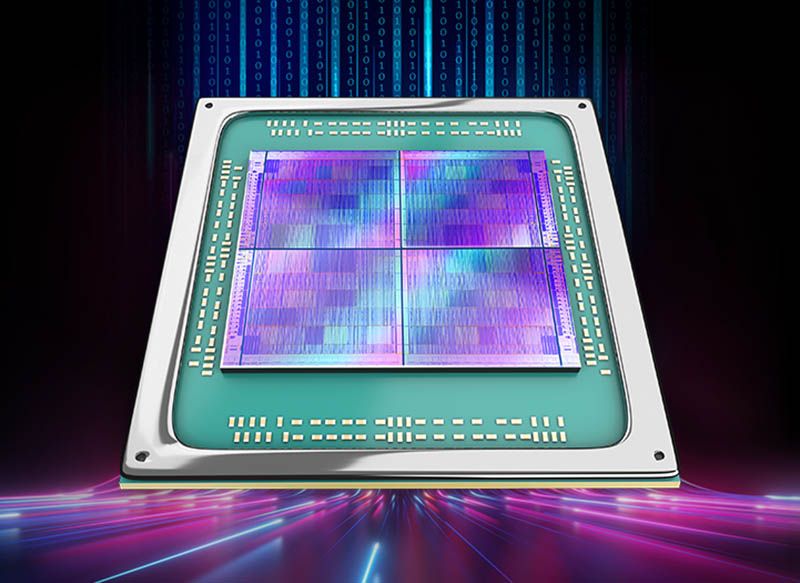AMD VP1902 is Leviathan FPGA Doubling the Previous-Gen Largest FPGA
Today, AMD has a new giant FPGA. The AMD VP1902 is set to be the world’s largest FPGA. Designed to offer a huge programmable logic array, this is the class of FPGA designed specifically to emulate future silicon designs of chips ranging from small SoCs found in Raspberry Pi’s to large next-gen accelerators like the AMD Instinct MI300. The previous generation Xilinx VU19P was the largest FPGA when it was launched, but the new VP1902 adds Versal features and adopts a new AMD chiplet design to more than double the key capabilities of the FPGAs.
AMD VP1902 is Leviathan FPGA Doubling the Previous-Gen Largest FPGA
Xilinx, now AMD has had a line specifically designed to help in the emulation and debugging of silicon for many years. For those that do not know, a very common approach to designing a chip is to use a tool to put the logic onto a series of large FPGAs and then emulate a design well before it goes to silicon manufacturing. As chips get larger, the number of gates that need to be used increases. There is not a real gate-to-transistor ratio, but folks have told us that 4 transistors in silicon roughly equate to 1 gate on these FPGAs is a reasonable approximation (with a LOT of variabilities.)
The new AMD Versal Premium VP1902 effectively doubles the gate count one can emulate with up to 18.5M logic cells. Along with the additional logic, AMD is adding more transceivers and more bandwidth on the transceivers to help connect more devices for a larger emulation capability. For some frame of reference, these scale from one or a few devices up to over 1000 connected FPGAs to emulate large silicon designs.
Beyond having more programmable logic cells, AMD also has a number of features as part of both its Versal Premium line, but also unique for this product. The new unique features compared to the AMD Xilinx VU19P are:
New Processing System
Programmable Network on Chip (NoC)
Hardened DDR Memory Controllers (14x)
Four 600G Ethernet MACs (Supports 100-400G Ethernet, 600G total BW)
Twelve 100G Ethernet MACs (Supports 10-100G Ethernet)
The new VP1902 has 16x PCIe Gen5 x4 hard IP blocks versus the VU19P which had 8x PCIe Gen4 x8. The HPIO to XPIO upgrade should result in a 36% lower latency scaling from chip to chip. There is even a big clock speed update. These new upgrades are significant, beyond just having more programmable logic cells.
All of that additional IP means that fewer programmable logic cells need to be used for this IP and so more of the floorplan can be used for emulation. AMD also has the capability to use its NoC for debugging and things like restoring designs to specific register states to help aid in the debugging process. This is without having to build all of this functionality as well.
Final Words
This is a huge chip, and AMD is doing something interesting. It has two sets of mirrored and rotated dies (four total) that are combined into a single package. If you just looked at this, you might first think it is a 4th Gen Intel Xeon Scalable Sapphire Rapids instead of an AMD design. Instead, it is the VP1902.
One of the coolest parts about AMD’s release is that silicon is coming soon with samples next quarter. Xilinx had a history of announcing silicon well before there was any glimmer of availability, so this is a welcome change.
Source: ServeTheHome


